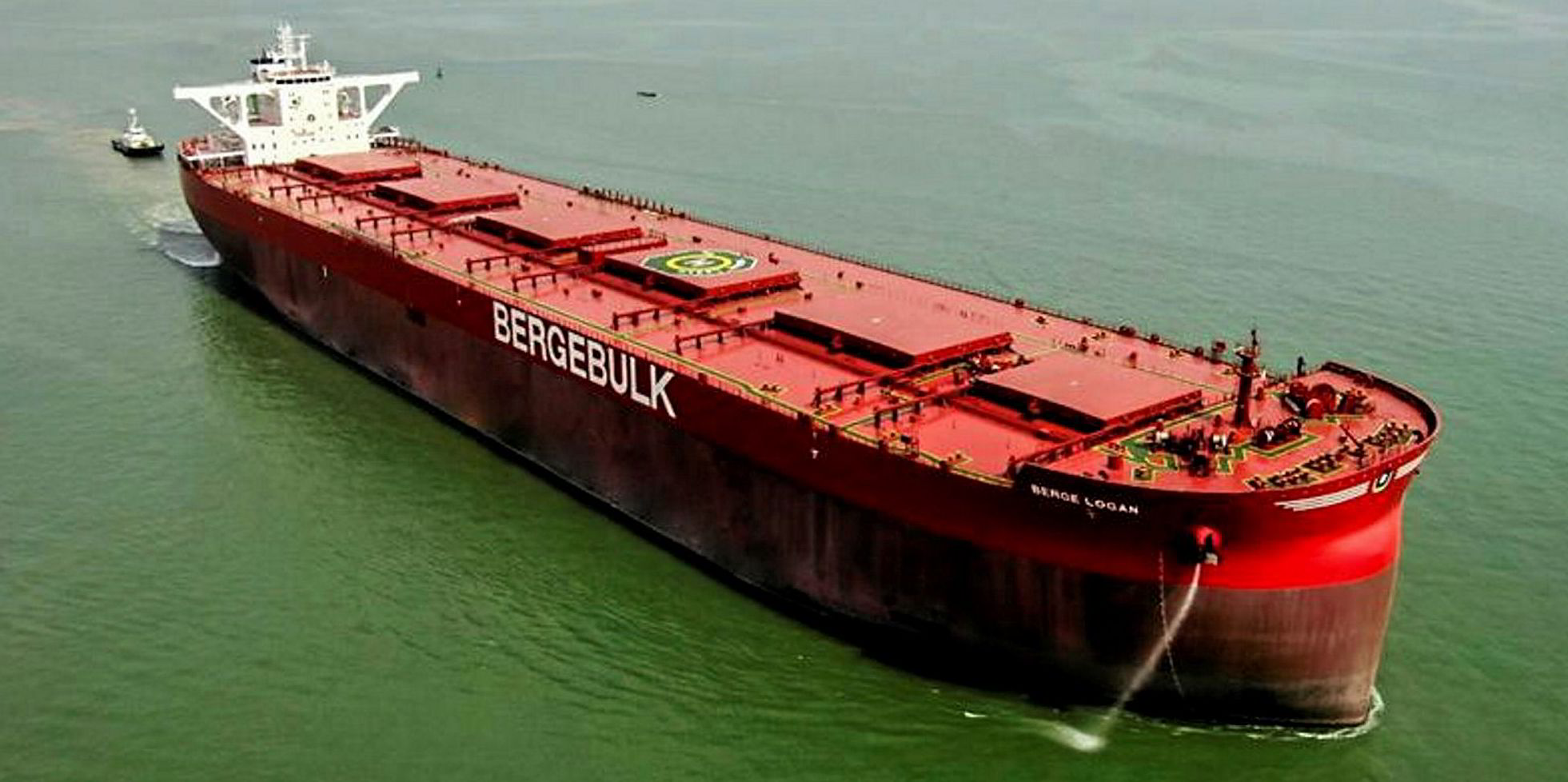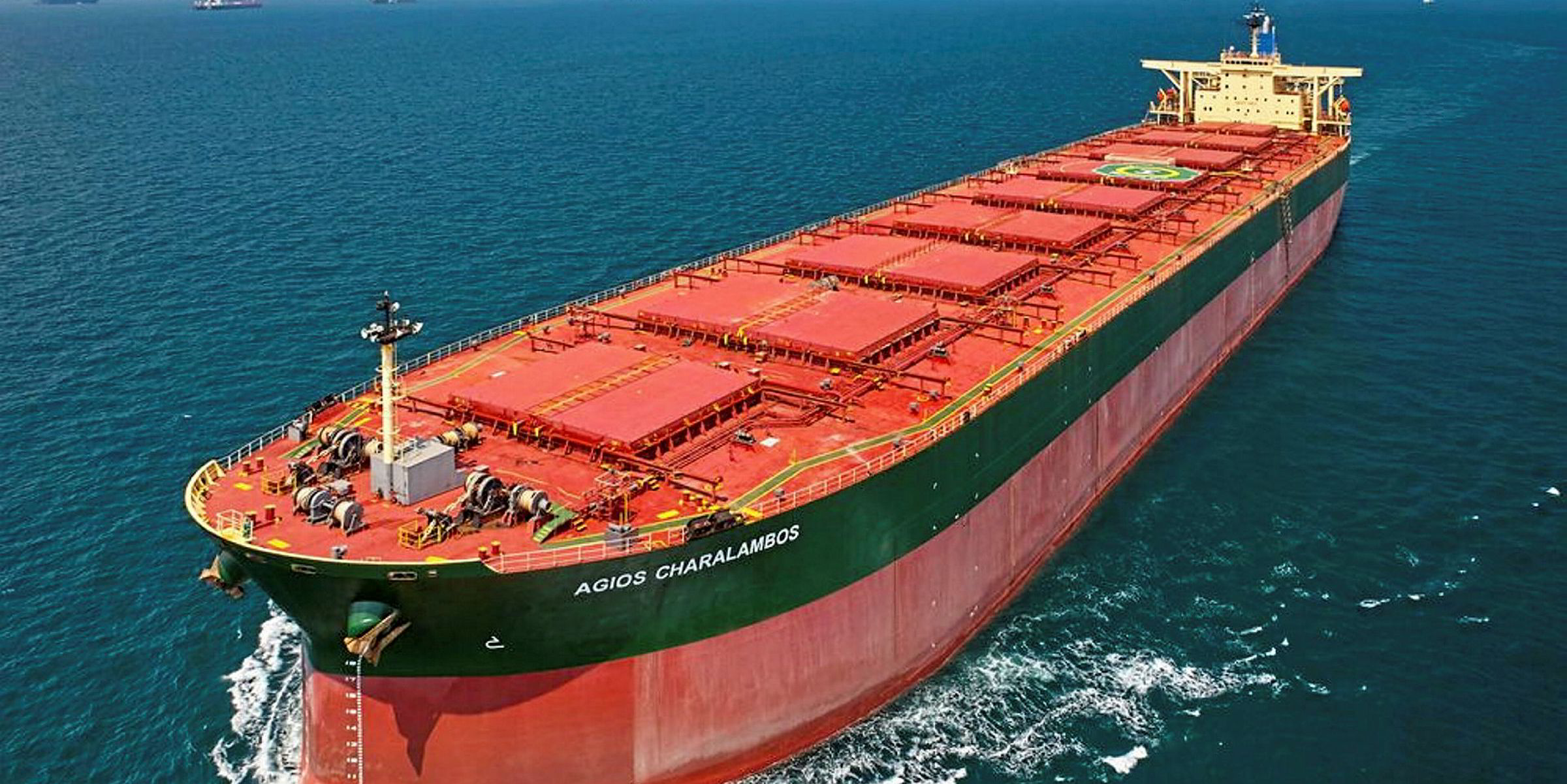Capesize bulkers are slowly regaining value after a sharp fall in asset prices during the first half of 2020, while valuations for the rest of the sector remain flat.
The large bulkers were worth about $33.7m on average in January before falling to a low of $30.5m on 5 June, according to Baltic Exchange assessments.
Their average worth has gradually climbed to $32m since then, but the smaller dry bulk vessel values have moved sideways for at least the past two months.
"In short, capesize is up due to a peak in Chinese demand for iron ore and a lesser demand for commodities such as soybeans and coal," VesselsValue told TradeWinds.
A 24% rise in China's third-quarter iron-ore imports and Brazil's longer trading distance have led to a fast rate recovery that has positively influenced valuations.
Brazilian iron-ore giant Vale also boosted capesize and panamax values by reiterating higher fourth-quarter output, while smaller-asset values ebbed amid China's waning coal and grain imports.
"Capesize and panamax second-hand values have recovered since May, while values for supramax and handysize have remained flat," VesselsValue wrote in a forecast on asset prices.
"However, panamax rates have experienced a bit more volatility than the smaller segments."
A panamax's average price started out 2020 at $22.9m but then slid to $20.3m on 12 June before improving to $21.3m and staying flat at $21.2m on Friday.
Supramax values came in at $16.9m at the turn of the year before falling to $15.1m on 12 June and then moving mostly sideways to $15.3m on Friday, latest exchange data showed.
Average handysize values were $16m at the beginning of April before hitting a low of $14.5m on 12 June and then staying around $14.7m since 17 July.
China's third-quarter coal imports fell 30% and are expected to keep to 50m tonnes in the fourth quarter due to delayed custom clearance and port congestion in the first half.
Elevated scrapping has further lifted capesize values as more VLOCs go under the shipbreaker's torch as Asia puts Covid-19 lockdown in the rearview mirror, according to VesselsValue.
"There have been almost no new orders in the third quarter, and so far this year a low 5.3m dwt has been contracted," the online valuation firm said.
Rates also get a boost
Dry bulk shipping rates have more or less mirrored asset values since the beginning of 2020, given the two metrics are intrinsically linked to market forces.
The time charter equivalent for capesizes began the year at $10,825 per day before rising to $33,760 per day in about a week and then dropping to a second-quarter low of $16,089 per day on 21 September, according to Baltic Exchange data.
Since then, the TCE has more than doubled to $34,896 per day on Tuesday, according to the exchange.
For panamax and smaller bulkers, earnings improvements have been more muted.
Panamax TCE rates came into 2020 at $9,031 per day and have see-sawed, reaching $12,549 per day on Tuesday.
Supramax rates began the year at $7,359 per day. Market swings have seen TCE rates on the Baltic Exchange dip as low as $4,208 per day on 23 April in a similar up-and-down pattern. They ended Tuesday at $10,838 per day.






